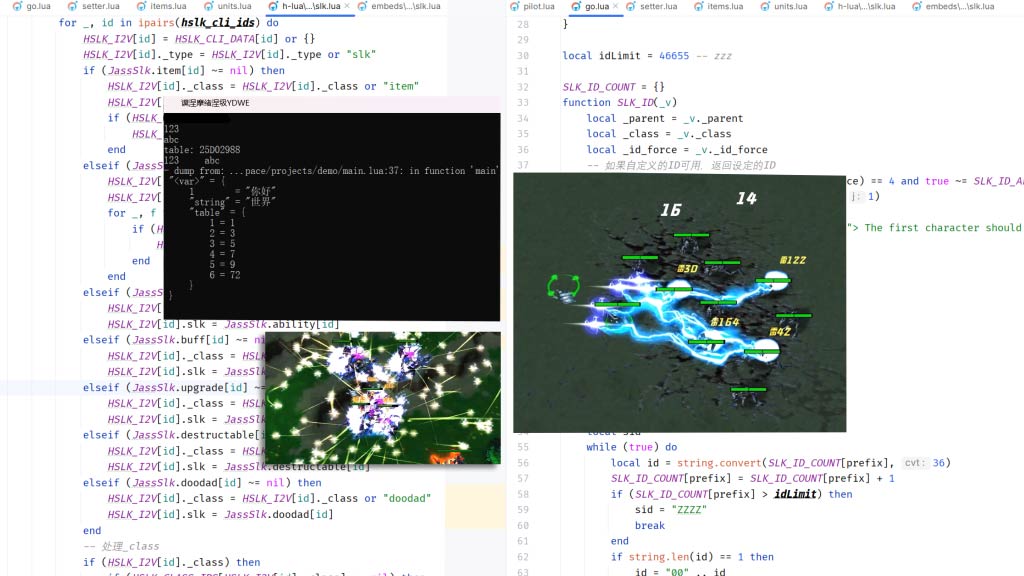H-lua Framework
What is H-lua?
H-lua is a Warcraft 3 map development framework, can run on windows platform. It combines YD, DzApi runtime environment, in the original lua runtime environment to the code as the main concept, making the configuration more concise, making it more convenient to build maps. At the same time with the use of golang language management tools , with rapid construction of maps , test maps , packaged maps , batch view models and many other functions !

Getting the framework
You directly download the leanest code package here
also go to GitHub for
Documentation and Dependencies
Checking the documentation and introducing dependencies into the project is a must, you can check out the Technical support document
Framework Structure
├── depend - Developing Dependency Portfolios
│ ├── h-lua - Core
│ ├── w3x2lni - w3x2lni tools (v:2.7.2)
│ └── YDWE - Horse Tooling
├── projects - Used to place your map project directory, e.g. helloworld
| └── helloworld
└── sdk.exe - sdk command toolInstalling Tools and Plug-ins
Programming Tools (For reference only, you can also ignore it and use other tools like golang, cursor, etc.)
JetBrains Series Plugin Recommendations
Optional plugin EmmyLua
Optional plugin CodeGeeX

Optional plugin Continue
Terminal operations
Open a terminal and go to the frame root directory
> cd ./h-luaCreate a new project
> sdk.exe new demoLocal test
> sdk.exe test demoManaging Projects with the History Tool
You should use versioning code history management tools (Git, Svn, etc.) to manage your development projects. You can use third-party hosting platforms (e.g., GitHub, GitLab, Gtiee, Bitbucket), or self-built (e.g., Gogs) management tools, and please at least use the tools locally to build a local version. No one knows when they're going to make a mistake. Code history allows you to view every change, roll back versions, and back up results.